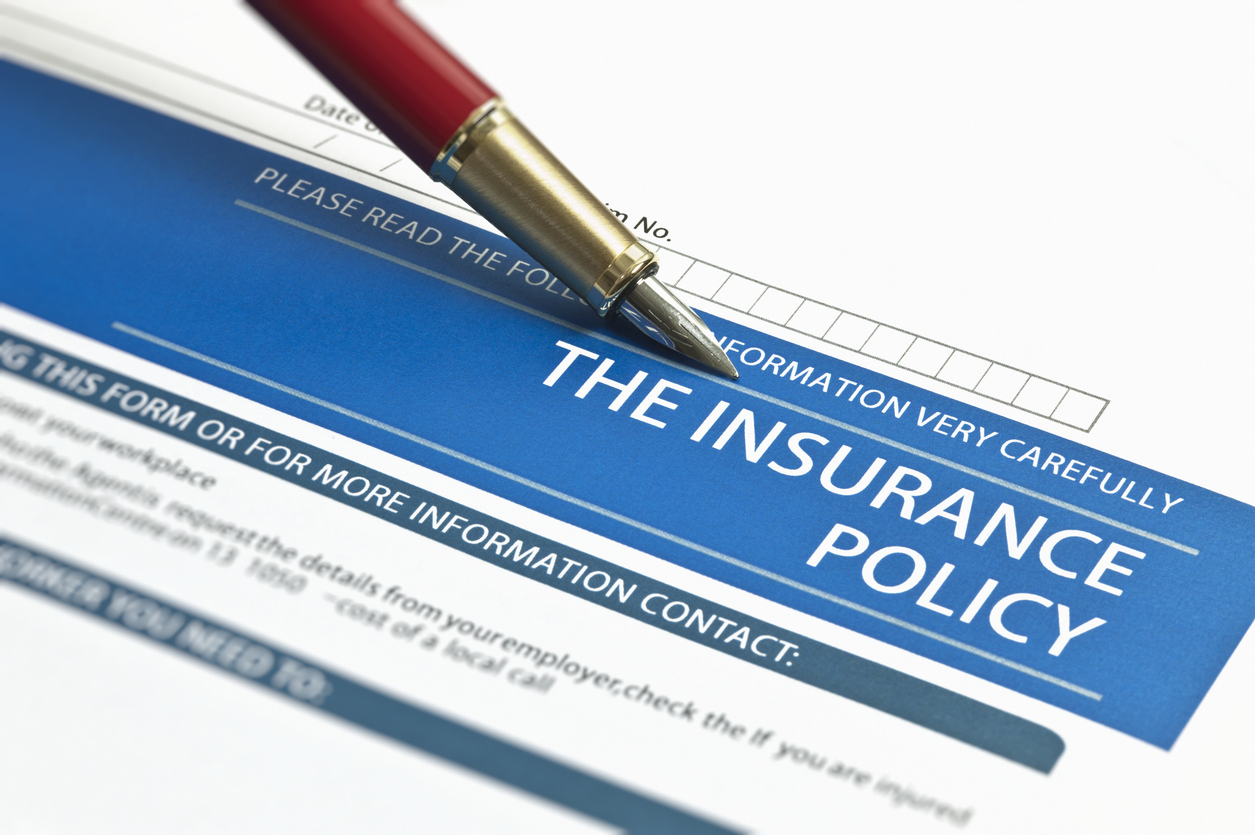It is always interesting to read cases where attorneys are parties to a lawsuit. I always expect and anticipate creative arguments and I am rarely disappointed for we are wordsmiths by trade and wizards of logic. I recently came across a business income case where the insured party was a law firm. In Eidelman, et al. v. State Farm Fire and Casualty, No. 10-2578, 2011 BL 14407 (E.D. Pa. Jan. 19, 2011), the insured law office was destroyed in a fire. Seven (7) weeks after the loss, the firm rented a temporary space to resume operations. During the claims process, the parties disagreed on the method of calculating the business income claim.
The law firm filed a Declaratory Action, seeking an order that compelled State Farm to pay the firm for its continuing normal operating expenses, including salaries, from the time that the fire occurred until the building was repaired, rebuilt or replaced. In other words, the law firm argued that, under a standard CP 00 30, form they were entitled to full business income loss coverage, including payroll expenses and continuing normal operating expenses for the entire period of restoration even though they worked at a temporary place of business. In support of its Motion for Summary Judgment, the law firm filed an Affidavit of its principal partner setting forth that the law office “lost everything required for it to successfully conduct business, including its files, computer server and equipment, emailing capabilities, calendars, books and miscellaneous supplies.”
State Farm argued that, pursuant to the policy, it was only required to pay “the difference between what Plaintiffs would have earned if the loss had not occurred and what Plaintiffs actually earned following the loss and any extra expense that exceeds the normal operating expenses.” Phrased differently, State Farm argued that the law firm’s entitlement to actual loss includes actual loss of business income and actual loss of operating expenses — meaning any amounts earned during the period of restoration have to be offset from losses.
The court considered the arguments, the language of the policy and some cases that I have previously discussed in my blog series and not surprisingly held that:
To accept this [Plaintiff’s] interpretation would nullify both the clear intent of the policy, which requires them to mitigate their losses and to demonstrate business loss with relevant evidence, and the broader purpose of business interruption insurance, which is to ensure that insured claimants receive the benefits their business would have imparted absent the interruption; not to put them in a better position than they would have been absent the interruption. See American Medical, 949 F.2d at 692-93; Dictiomatic, 958 F.Supp. at 603-04.
The Court, however, noted an incredibly important practice pointer:
If plaintiffs can indeed show that, despite having resumed business at another location, they have been rendered unable to conduct any meaningful business whatsoever, and they have not been able to receive the benefits of their employees’ services, this will qualify as an actual business loss. See Koken v. Lexington Ins. Co., No. 04-2539, 2006 WL 5377234 at 7 (E.D.Pa. Feb.1, 2006) (noting that claimant had suffered an actual business loss from failure to receive the benefit of its employees’ services at the time those employees were completely unable to access the claimant’s business facilities). However, under the terms of the policy, they must present evidence, in the form of financial records, bills, invoices, and other material, showing that they have indeed sustained such loss.
Forensic accounting is fundamental to the success of a business income claim, but accountants are not superheroes and they will be limited by the manner in which a business maintains and allocates its expenses and revenues. I previously noted a similar practice pointer in Not All Businesses Are Alike – Understanding Business Interruption Claims, Part 49:
A creative solution to this dilemma is found in Practising Law Institute Litigation and Administrative Practice Course Handbook Series:
Policyholders can attempt to address this problem at the point of sale by purchasing a form which meters the loss in a manner more consistent with the nature of the business (i.e., billable hours lost for a law firm). Most forms, for instance, measure loss for manufacturing concerns in terms of the ultimate value of the product which cannot be manufactured, and not ultimate sales lost during the Period of Restoration. At a minimum, policyholders must resist insurance company efforts to have it both ways. For instance, many insurance companies seek to take advantage of “credits” for pent-up demand after the Period of Restoration; e.g., sales of eyeglasses to persons who had simply delayed purchase until after the neighborhood eyeglass shop reopens. An insurance company should not be permitted to confine “loss” to the Period of Restoration, but then seek “credits” for amounts earned afterward.
I think the result in Eidelman is unfair, but under the factual circumstances it was easy for State Farm to get away with having it both ways. I would have an instant aneurism if this happened to me and I had to practice law at a temporary location without my computer servers and files. My heart goes out to these colleagues.



